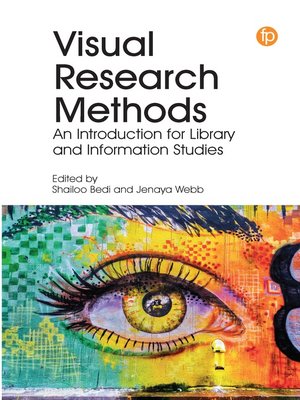
Sign up to save your library
With an OverDrive account, you can save your favorite libraries for at-a-glance information about availability. Find out more about OverDrive accounts.
Find this title in Libby, the library reading app by OverDrive.



Search for a digital library with this title
Title found at these libraries:
| Library Name | Distance |
|---|---|
| Loading... |
Visual research methods (VRM) comprise a collection of methods that incorporate visual elements such as maps, drawings, photographs, videos, as well as three-dimensional objects into the research process. In addition, VRM including photo-elicitation, photovoice, draw-and-write techniques, and cognitive mapping are being leveraged to great effect to explore information experiences to investigate some of the central questions in the field; expand theoretical discussions in LIS; and improve library services and spaces.
Visual Research Methods: An Introduction for Library and Information Studies is the first book to focus on visual methods in LIS, providing a comprehensive primer for students, educators, researchers and practitioners in the field. Contributed chapters in the book showcase examples of VRM in action and offer the insights, inspirations, and experiences of researchers and practitioners working with visual methods. Coverage includes:
- an introduction to visual research methods including a discussion of terminology
- an overview of the literature on VRM in libraries
- methodological framing including a discussion of theory and epistemology
- practical and ethical considerations for researchers embarking on VRM projects
- chapters showcasing VRM in action including drawing techniques, photographic techniques, and mixed methods
- six contributed chapters each showcasing the results of visual research methods, discussions of the techniques, and reflections on VRM for research in information studies.
This book will provide a strong methodological context for the adoption of visual research methods in LIS and feature examples of VRM 'in action.' It will prove to be a must-have reference for researchers, practitioners, instructors, and students who want to engage with visual research methods and to expand their methodological toolkit.







